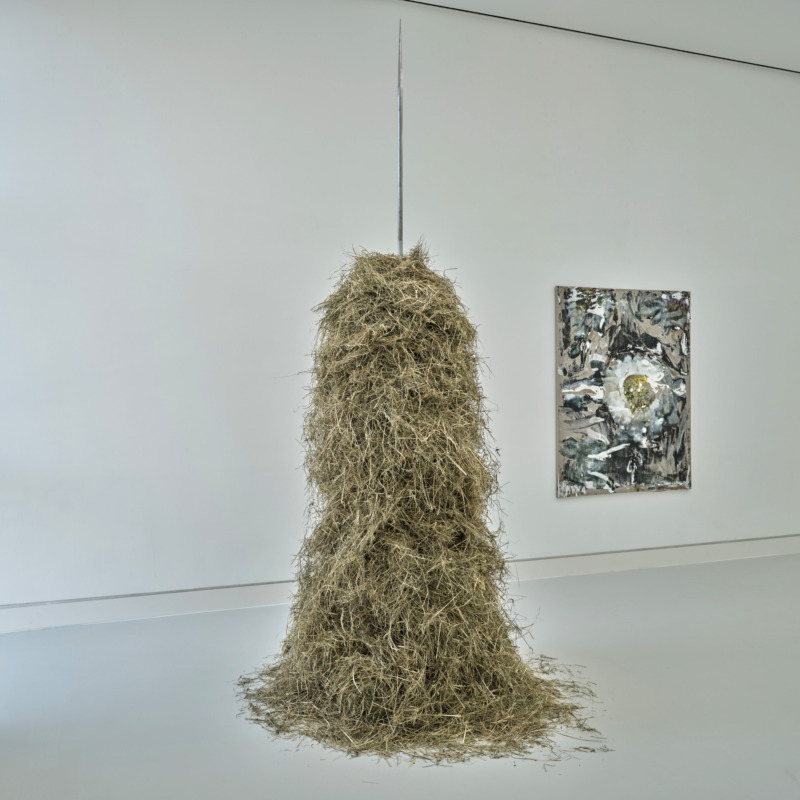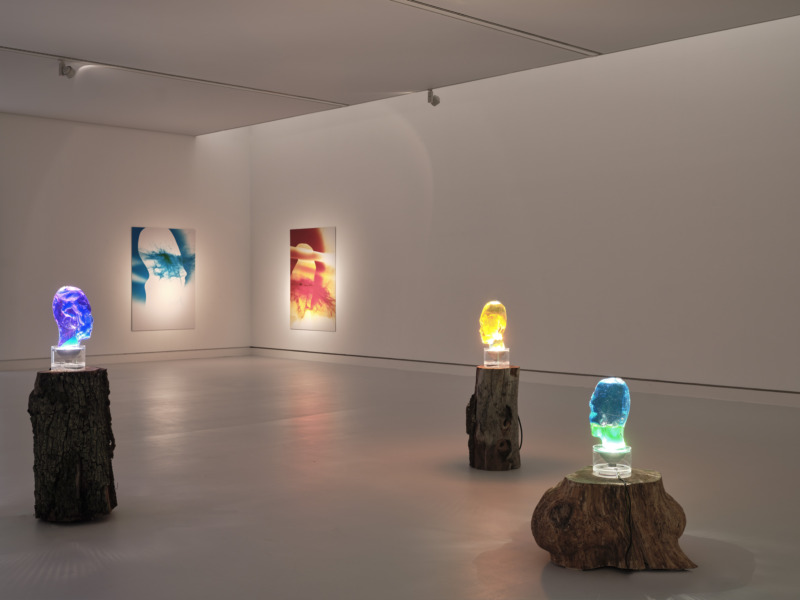
What Is It Like to Be a Bat?
17/03/23—04/06/23
Metahaven
Jenna Sutela
Zheng Mahler
Is objectivity possible, or is there no escaping our personal perspective? The exhibition What is it Like to be a Bat? brings together the works of four artists/artist collectives who address how reality is produced. They explore the perceptual worlds of non-human life – of animals, plants, and other life forms. And they direct our eye to things in the world and science that we humans do not or cannot know or grasp.
Is objectivity possible or is there no escaping our personal perspective? This was the question that philosopher Thomas Nagel asked in his 1974 essay “What Is It Like to Be a Bat?”. Nagel uses bats as a metaphor in order to highlight the differences between subjective experience and objective knowledge. Even if we have researched and proven experimentally all manner of things about how bats function, such as how they orient themselves using echo location, it will, Nagel suggests, nevertheless remain impossible to grasp how a bat actually perceives its surroundings. We cannot know what it is like for a bat to be a bat, meaning to understand the bat completely at the level of its consciousness. Put differently: Experiencing a mental state is always subjective. Nagel believes in the existence of facts that we are not able to know. He therefore presents a view of the world that differs from that of the natural sciences, which reduce consciousness to physical regularities and neurobiological explanations. From the contemporary perspective, Nagel’s deliberations can be taken further and read as a demand that we behave more respectfully and modestly toward other life forms and forms of consciousness. This constitutes the starting point for the exhibition. The thought experiment with the bat encourages us to reflect on non-human existence and forges a link to contemporary thinking that is concernd with ecological and post-humanist issues and, like Nagel, insists on less human-centered positions when researching sensory and subject sensations. Instead of the human, empathy and coexistence between species are in the center. And they do so with great urgency because the world on the verge of climate collapse requires new models for the coexistence of different life forms – life that is indispensable for an intact environment.
In this matrix where insights from the natural sciences, philosophical problems, and questions of both ethics and politics mix, the artistic approaches in the exhibition act as bridges, speculate, and research further. They create a space where emotions and experiences take center stage, where critical questions can be asked, and new perspectives proposed. Alternative knowledge systems and nature provide sources of knowledge here that expand the Western, human- entered view and shed light on reality as a multiplicity of constructs. Referencing Nagel, Hong Kong artist duo Zheng Mahler (Daisy Bisenieks & Royce Ng) explore the limits of the human apparatus and how using technology we can transpose ourselves into transitional states between human and more-than-human consciousness. While Jenna Sutela’s sculptures engage forms of intelligence that are not of human but of plant, animal and machine origin, the film Capture (2021) by Metahaven (Vinca Kruk & Daniel van der Velden) conjures up a speculative and poetic narrative along the surprising common ground between particle physics, lichens, and bats and in so doing does not exclude the big questions of philosophy, science, and everyday life. Finally, Dorota Gawęda and Eglė Kulbokaitė enquire in Mouthless Part III (2023) how climate change and technologization have influenced the representation of nature. Their landscapes are populated by complex, contradictory creatures who turn nature into a space for speculation.
The exhibition is realized with the kind support of the Swiss cultural foundation Pro Helvetia and the Kingdom of the Netherlands.


Installation view What Is It Like to Be a Bat? Kunsthalle Mainz: Metahaven: Arrows I (2020), Blossoms (2021), Secrets (2021), Swans (2023). Various works, Photo: Norbert Miguletz

Installation view What Is It Like to Be a Bat? Kunsthalle Mainz: Dorota Gawęda & Eglė Kulbokaitė:

Installation view What Is It Like to Be a Bat? Kunsthalle Mainz: Jenna Sutela:

Installation view What Is it Like to Be a Bat? Kunsthalle Mainz: Metahaven: Capture, 2022, single-channel film (40:08 min), photo: Norbert Miguletz
